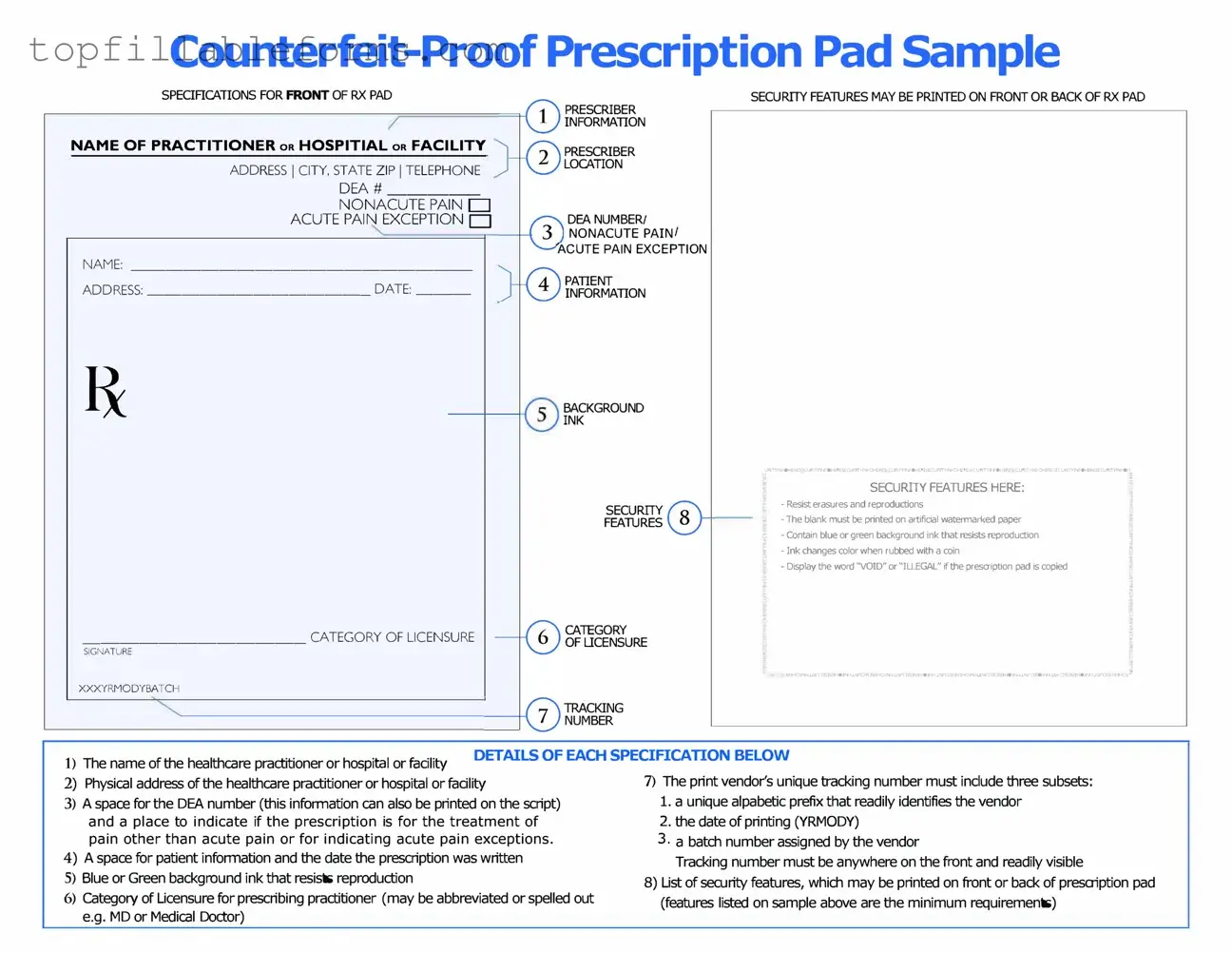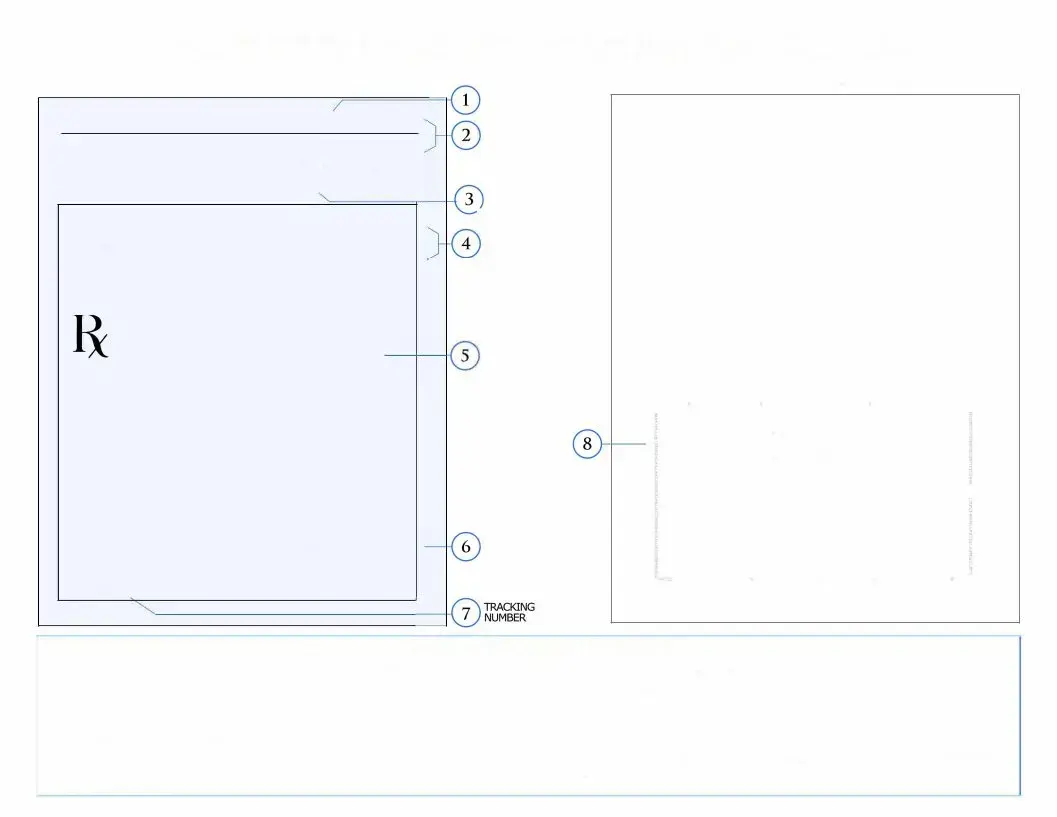Printable Prescription Pad Form in PDF
The Prescription Pad form is a document used by healthcare providers to prescribe medication to patients. This form ensures that prescriptions are clearly communicated and properly documented. Understanding its importance can help streamline the medication process and enhance patient care.
Open Prescription Pad Editor Here

